how can I we 100 healthy
Simple Rules to Follow if You Want to Live to 100
You might think that reaching the century mark is a long shot, but more and more people are living to 100. Here's how they're doing it.

Join the Century Club
More and more Americans are living to 100. According to the Centers for Disease Control and Prevention (CDC), the number of Americans 100 years old or older increased by nearly 41 percent between 2000 and 2014. “For the average American, about 20 percent of life expectancy is genes, and the other 80 percent is lifestyle,” says Dan Beuttner, author of the book The Blue Zones, an exploration of five places around the world that have the highest populations of people who live to 100. “Healthy habits can help eliminate the diseases that tend to shorten your life—such as cancer, diabetes and heart disease.” Here are the lifestyle changes that seem to make the most impact.
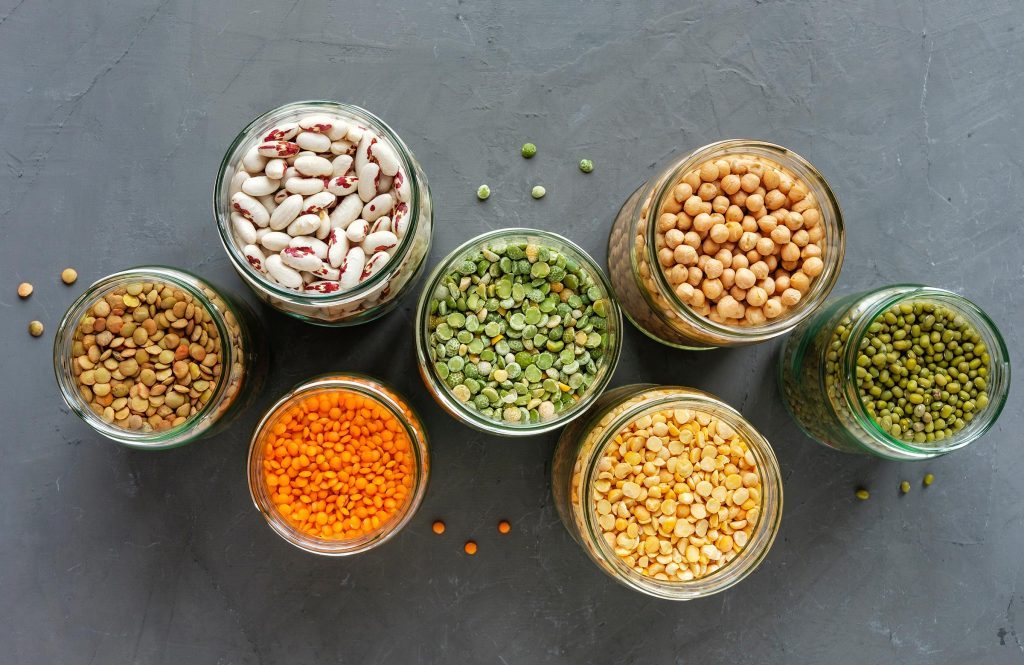
Swap out red meat
You don’t have to become a strict vegetarian—in fact, research has shown that swapping out some of your servings of red meat for high-quality plant protein (such as soy or legumes), can reduce your cholesterol levels. Other studies have found that making those healthy swaps can significantly lower your risk of premature death—especially from heart disease. If you’re looking for good sources of plant protein, here are 15.

Eat even more fruits and veggies
You already know you need to eat your fruits and veggies, but did you know that skimping on them could lead to an earlier demise? A 2017 study found that an astounding 5.6 to 7.8 million premature deaths worldwide stem from people eating less than 500 grams of fruit (approximately two servings) and 800 grams of vegetables (about 3.5 servings) daily. Check out 8 things that happen to your body when you don’t eat enough fruits and veggies.

Rethink retirement
We’re not saying you have to deal with a 9-to-5 grind forever, but there is great value in continuing to do something you love—it brings purpose to your life. Researchers were able to link a sense of purpose in life with an 83 percent reduction in death from all causes and a significantly lower risk of cardiovascular trouble such as stroke or heart attack, according to a 2016 review of ten studies.

Eat the right fats
Reducing the amounts of unhealthy trans and saturated fat in your diet will go a long way toward helping you live to 100. A recent study found that for every 2 percent increase in trans fat in your diet, your risk of premature death jumps by 16 percent. And just a 5 percent increase in saturated fat boosts your risk of early death by 8 percent. On the flip side, replace those artery-clogging fats with healthier poly and monounsaturated fats, and you will likely live longer. Watch for these signs that you’re not eating enough healthy fats.
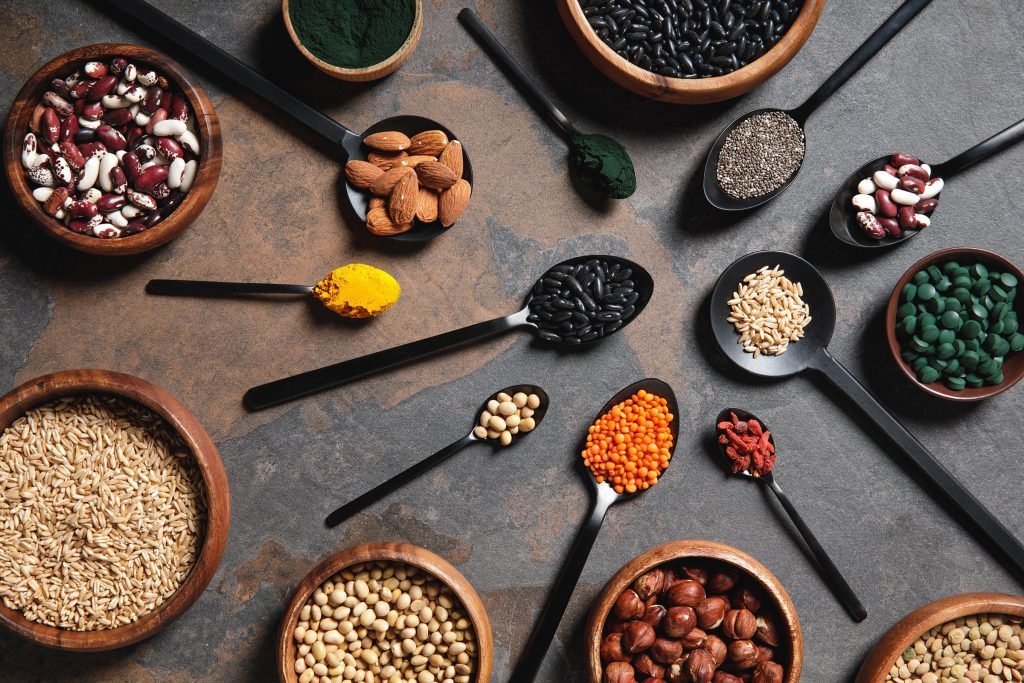
Discover pulses
Beans, peas, chickpeas, lentils—they’re all pulses, and people who live in the Blue Zones—areas famous for their high number of centenarians—eat an average of one cup of pulses per day. Some of the reasons why these plant foods help extend life: Pulses are high in fiber, low in calories and often replace unhealthier protein sources such as red meat. And research suggests that eating just one serving a day can reduce your levels of LDL (bad) cholesterol.
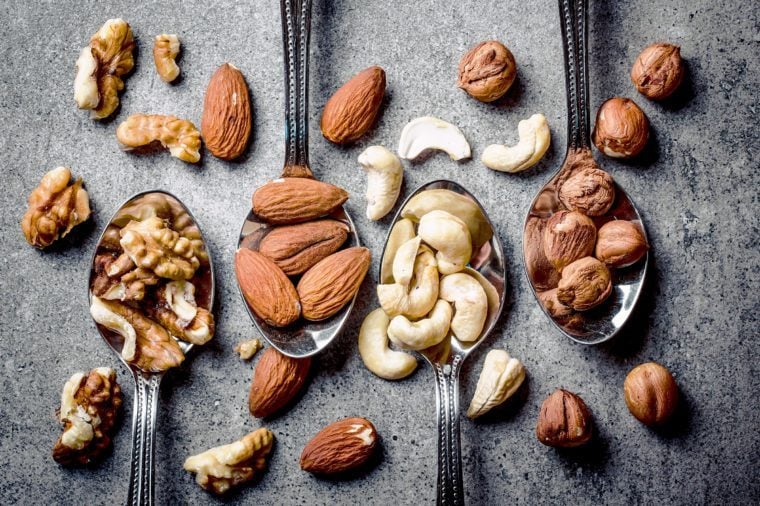
Go nuts
Munching on a handful of nuts every day is a tasty way to help you live to 100. In a study of nearly 120,000 adults, those who ate nuts every day were 20 percent less likely to have died during the 30-year follow up than those who reported eating no nuts. Yes, nuts are high in fat, but it’s mostly the healthy unsaturated kind—plus they are high in protein and fiber and have been shown to improve cholesterol and blood pressure levels. If you’re looking to add more nuts to your diet, start with these 5 healthiest nuts.

Manage stress better
You probably know that too much stress can raise your risk of diseases that can shorten your life. But stress isn’t going away, so set the goal of finding ways to cope. Meditation is one very effective method for reducing the negative health impacts of stress, but even some simple breathing exercises like these can help. Once a day, sit quietly for a few minutes and focus on nothing but breathing in and out, trying to slow down your breath to a count of four (or more) on both the inhale and exhale.

Don’t skip your annual physical
In order to live longer, you need to do all you can to prevent disease—or at the very least, catch an illness on the early side. That’s why it’s essential to see your physician on a schedule he or she recommends. Also, be sure you and your loved ones get screening tests such as mammograms, colonoscopies, and prostate exams. You may need different tests and screenings at different ages—here’s a guide—so always consult your doctor for the latest recommendations.

Sit less
You may have heard it before, but sitting is the new smoking. The latest research shows that too much time on your behind can be as deadly as nicotine. So if you want to live to 100, don’t smoke (obviously) and don’t fall prey to “sitting disease.” One study found that leisure time sitting (like watching TV or surfing the web) has a big impact on your risk of dying younger. Those who spent more than six hours of leisure time a day sitting had a 19 percent higher mortality rate than those who spent less than three hours of their leisure time on the couch.

Keep close friends
Yes, family ties are important, but as you age, good friends may be even more important. Close connections with friends are often less fraught with emotional drama than those with parents, siblings, and children. Maintaining tight friendships as you get older is associated with better health and greater happiness—both of which are key ingredients for living to 100.

Walk every day
The current government advice on exercise calls for getting at least 30 minutes a day of moderate physical activity—such as walking. Even if you don’t hit that number, as long as you’re consistently active, you’ll lower your mortality risk, research shows. Instead of making exercise just one more thing to check off your to-do list, experts advise finding more ways to work activity into the fabric of your daily life. Walking or biking to the store, vacuuming the house, or mowing the lawn all count toward your goal of living to 100. Here’s how to turn walking into calorie-burning exercise.

Stay connected
It’s not enough to have friends—you have to connect with them on a regular basis in order to get the life-extending benefits. And that means more than just following them on Facebook and “liking” the occasional photo of a cute puppy or grandchild. When you have truly strong social connections, you reduce your risk of early death by 50 percent compared to people without those ties. Check out some more of the scientific proof that having good friends improves your health.
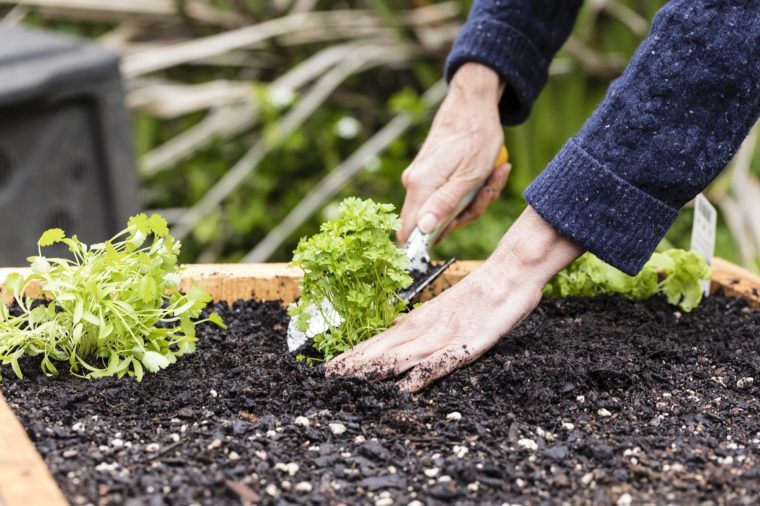
Grow a garden
Planting, tending, and harvesting a garden is another activity that will help you live to 100. There’s a decent amount of physical effort involved, plus the vegetables you reap can play an important part in your healthy longevity diet. Just take a look at all the health benefits that come with growing a garden.

Cut down on processed foods
When you’re hoping to live to 100, you need to eat well. And that means focusing your diet on real, whole foods—fresh fruits, vegetables, fish, lean meats, whole grains, and plant proteins. And it means avoiding overly processed packaged foods as much as possible. Those packaged foods may be convenient, but they’re typically loaded with too much salt, sugar, unhealthy fats, preservatives, and additives that may take years off your life. If you do choose packaged foods on occasion, check the labels and skip those that contain these harmful ingredients.

Have a drink (but not too many)
People who are light to moderate drinkers may have a lower risk of mortality than their teetotaling counterparts. But the key is “light to moderate” drinking—which means no more than one alcoholic beverage per day for women and two for men. Drinking too much—especially binge drinking—has been associated with an increased risk of premature death.
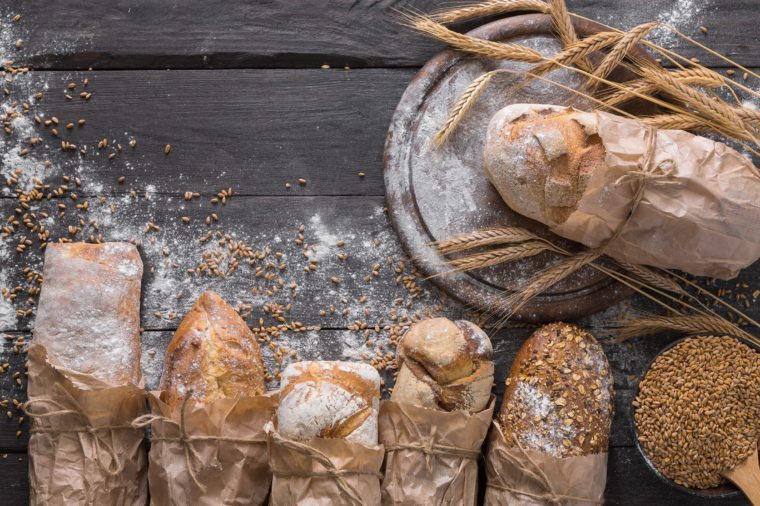
Go for whole grains
There are plenty of good reasons to upgrade some (or better yet, all) of your bread, pasta, rice, and cereal to whole grain versions. You get lots more healthy fiber, which helps you stay fuller longer and moderate blood sugar levels. But by eating more whole grains you also might give yourself a boost toward living to 100. In one study, the people who ate at least servings a day of whole grains had a 20 percent lower risk of death than those who ate little or no whole grains. And it’s easy to add more whole grains to your diet—here’s how.

Maintain a healthy weight
Being overweight or obese puts you at risk for several of the diseases that could get in the way of you living to 100—such as diabetes, cancer, and heart disease. Not surprisingly, it’s also linked to an increased risk of mortality. To stay healthy and live longer, strive to keep your body mass index in the healthy zone between 18.5 and 24.9.

Spend more time in nature
Healthier people tend to live in healthier places—places where they’re surrounded by, or at least have easy access to—green spaces. Studies have found that spending more time in nature can reduce depression, make you more active and also mean you’re exposed to less harmful pollution. Some scientists even believe that time in nature can actually change how the brain works, improving your ability to think clearly and solve problems. Now that you know these rules, add these habits into your life to help you live to 100, too.




Post a Comment